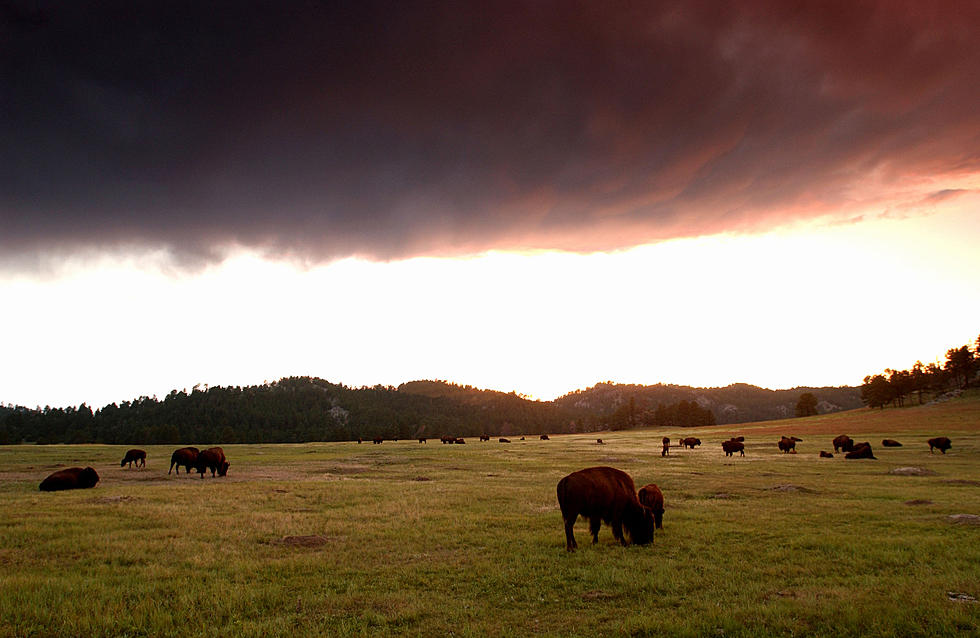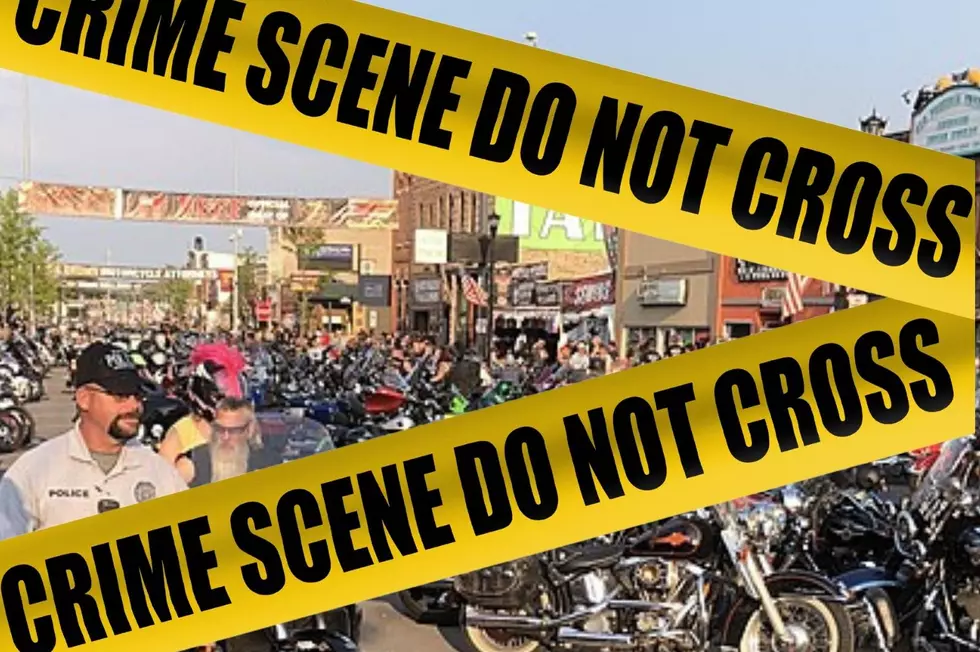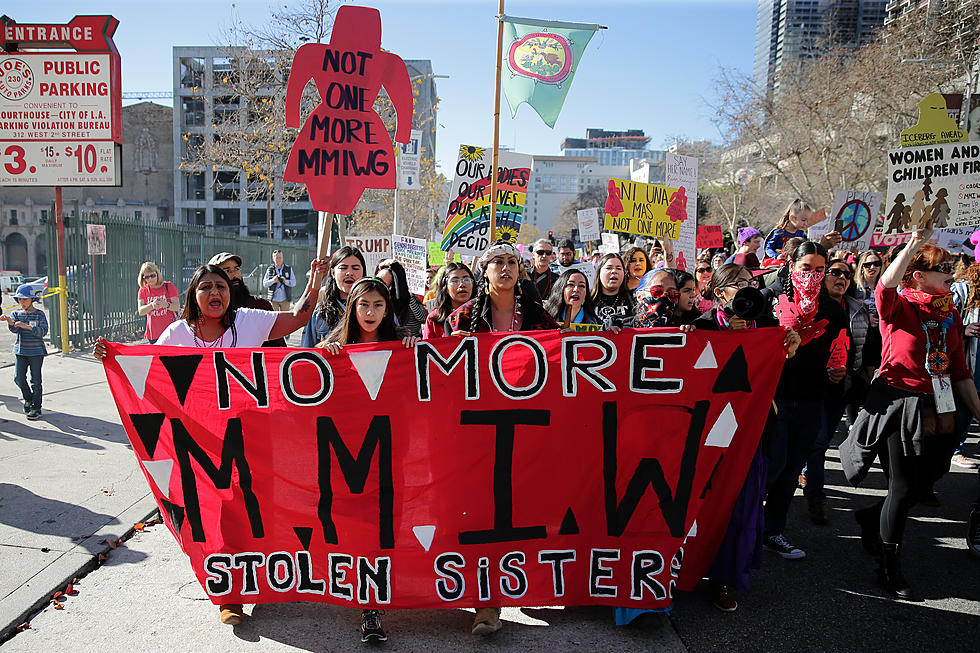
People of the Past: Who Were the Native American Tribes of Colorado?
Native Americans have had an active presence in the Colorado area for thousands of years, much of which I, an unwashed heathen, know little about. So, I’ve decided to take the time machine Townsquare Media definitely doesn’t have in our basement on a little trip to learn more about the history of Colorado’s indigenous people.
Last time I did this, three lucky winners came with me to see the Folsom and the Plano people (who lived anywhere from 12,000-7,500 years ago). Now, I want to take a quick jaunt back in time to who came AFTER those initial peoples.
According to the Fort Collins History Connection, we’d enter what our time-machine-radio-booth hybrid would helpfully notify us as the Ceramic Period. At this point, we’d start to see Native Americans using bow and arrow hunting technology and overall developing and prospering. For us up here in NoCo, the Ceramic period lasted until about 1850, which (as I’m sure you’ve guessed) is when white people showed up.
Before we get to that spicy tea, we should know who the Plano and Folsom people developed into during the Ceramic Period. At that time, the general regional cultures we saw on our last adventure started specifying into the groups we’re more familiar with, including the Arapaho, Cheyenne, Kiowa, Ute, Apache and Shoshone Nations.
According to this timeline from the Fort Collins History Connection, each of these tribes spent a fair amount of time in Colorado. The Utes lived largely in western Colorado, while the Apache hunted in the eastern section of the state. The Kiowa tended to move through the northern part of Colorado around the North Platte river before getting pushed south past the Arkansas River. Meanwhile, the Arapaho and the Cheyenne had the largest presence around the Rockies, with the Cheyenne beginning to farm in the west while the Arapaho hunted in southeastern Colorado, eventually to be joined by the Comanche in the 1600s.
Monday - last day of the Southern Ute BearDance.
Posted by Weenuche Smoke Signals on Wednesday, May 29, 2019
But everything changed when the Fire Nation – I mean, European settlers, arrived.
As we said earlier, the Ceramic period ended once the Native Americans began encountering white people in the mid-1800s. By the 1840s, settlers were crossing Cheyenne and Arapaho hunting grounds as they travelled along the Oregon trail, bringing with them cattle that grazed a lot of the land the buffalo had lived on. This disrupted the buffalo’s grazing patterns, and likewise, the Arapaho and Cheyenne’s hunting. But cattle weren’t the only thing European settlers brought – Along with them came their insidious crewmates: measles, whooping cough and cholera. Between those three epidemics, which surfaced between 1845-1849, it’s estimated that half of the Cheyenne living between the Platte and Arkansas rivers died.
Not surprisingly, the Cheyenne and the Arapaho didn’t appreciate any of these incursions, and tensions quickly rose between them and the gold miners, settlers and soldiers moving into Colorado. So, in September of 1851, Indian Agent Thomas Fitzpatrick hastily secured what’s now known as the Laramie Treaty, which assigned the Arapaho and the Cheyenne to land between the North Platte and Arkansas rivers. But this certainly wasn’t the last treaty that would impact the Native Americans in Colorado. In fact, the struggle between Colorado’s original inhabitants and her new ones had only just begun.
But that seems kind of heavy for us to delve in to all at once, and besides, the time machine needs to recharge. So, we’ll revisit the two key treaties used in Northern Colorado right after we see what became of the Arapaho in Larimer County.

PHOTOS: Greeley Then & Now
More From 101.9 KING-FM









